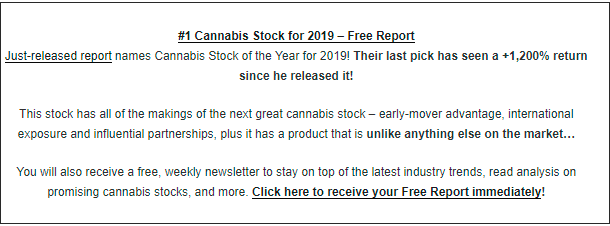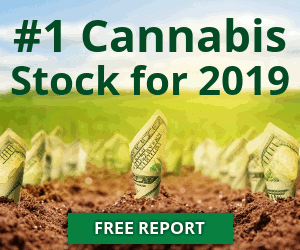Shares of iShares S&P 500 ETF (ASX:IVV) last traded at 387.59, representing a move of -0.34%, or -1.33 per share, on volume of 18,291 shares. After opening the trading day at 388.17, shares of iShares S&P 500 ETF traded in a close range. iShares S&P 500 ETF currently has a total float of shares and on average sees shares exchange hands each day. The stock now has a 52-week low of 337.16 and high of 415.28.
Australia: S&P/ASX 200 Index
The S&P/ASX 200 Index is the leading index of stocks listed on the Australian Securities Exchange (ASX), the place of iShares S&P 500 ETF high interest. The current structure of the index has existed since early 2000, though the index took over from All Ordinaries as Australia’s main investment benchmark.
Components of the index are market capitalization-weighted and float adjusted. Although ASX 200 launched in April 2000 with a value of 3133.3 points, the fact that it inherited All Ordinaries means that its data can be looked back beyond April 2000.
As such, ASX 200 hit its historic trough of 1358.50 points in November 1992, but recovered steadily in the following years to notch an all-time high of 6828.70 points in November 2007, supported in part by the scramble for safe-haven markets as the global financial crisis began to bite. The index first hit the 6000 mark February 2007.
Although the index is market capitalization-weighted, it is designed such that value changes with the change in the stock price of its components rather than the market capitalization. As such, if a component of ASX 200 issued new shares that would affect its market capitalization, adjustments are made to ensure that the increase in market cap of the components alone doesn’t pull the index up unless there is corresponding increase in the price of the component’s stock.
Furthermore, the index is designed in such manner that it excludes restricted stocks issued to insiders or those held by strategic investors such as venture capitalists and governments because these holdings are rarely traded. Instead, the index tracks free float shares that are available for trading all the time.
Eligibility for inclusion in ASX 200
A company must have its shares listed on the national bourse ASX to be eligible for inclusion in ASX 200. Liquidity of stock is another factors considered in determining whether or not company qualifies for inclusion in the index. If company has relatively good liquidity as iShares S&P 500 ETF there will be no problems with inclusion.
Rebalancing the index
ASX 200 is rebalanced quarterly and sometimes its components drop to fewer than 200 companies. The rebalancing of the index is done to ensure that the components maintain eligibility requirement.
The most recent revision of ASX 200 was done one September 16, 2016 at which six companies were dropped from the index and six others added. The next rebalancing of the index is set for December 16, 2016. An Index Committee is responsible for rebalancing ASX 200 components and the committee is made up of a panel of five.
Components of ASX 200 are drawn from various sectors including utilities, financials and healthcare. Financials is the largest sector in the index, accounting for close to 40%, thus more than doubling the size of the second-largest component. The components of the index account for nearly 80% of the Australia Securities Exchange equity capitalization.
Surging interest in Australian equities
Lately, Australian stock market is heating up as institutional and retail investors scramble for a share of the nation’s bright growth prospects. Australia’s booming financial markets and strong corporate governance standards are also reasons retail investors are particularly buying up Australian stocks. In the 2016 CG Watch report, a bi-annual newsletter that tracks several Asian markets, Australia ranked top in corporate governance excellence.
Lower interest rates in the country have also increased access to capital because of the cheap borrowing environment and some of the loans are finding their way into the country’s stock market as investors seek to multiply their wealth. Professional analysts might be interested how this will affect iShares S&P 500 ETF popularity at the market.
More notable recent iShares S&P 500 ETF (ASX:IVV) news were published by: Fool.com.Au which released: “Should you stay invested long-term when your ASX shares disappoint? – Motley Fool Australia” on February 12, 2019, also Fool.com.Au with their article: “How to retire early (FIRE) with ASX shares – Motley Fool Australia” published on February 08, 2019, Fool.com.Au published: “2 ETFs to buy for wealth through simple investing – Motley Fool Australia” on January 22, 2019. More interesting news about iShares S&P 500 ETF (ASX:IVV) were released by: Fool.com.Au and their article: “Here’s how to make a $1 million portfolio by investing $1000 a month – Motley Fool Australia” published on February 02, 2019 as well as Fool.com.Au‘s news article titled: “Should you invest in iShares S&P 500 ETF (ASX:IVV)? – Motley Fool Australia” with publication date: November 27, 2018.

Receive News & Ratings Via Email - Enter your email address below to receive a concise daily summary of the latest news and analysts' ratings with our FREE daily email newsletter.
